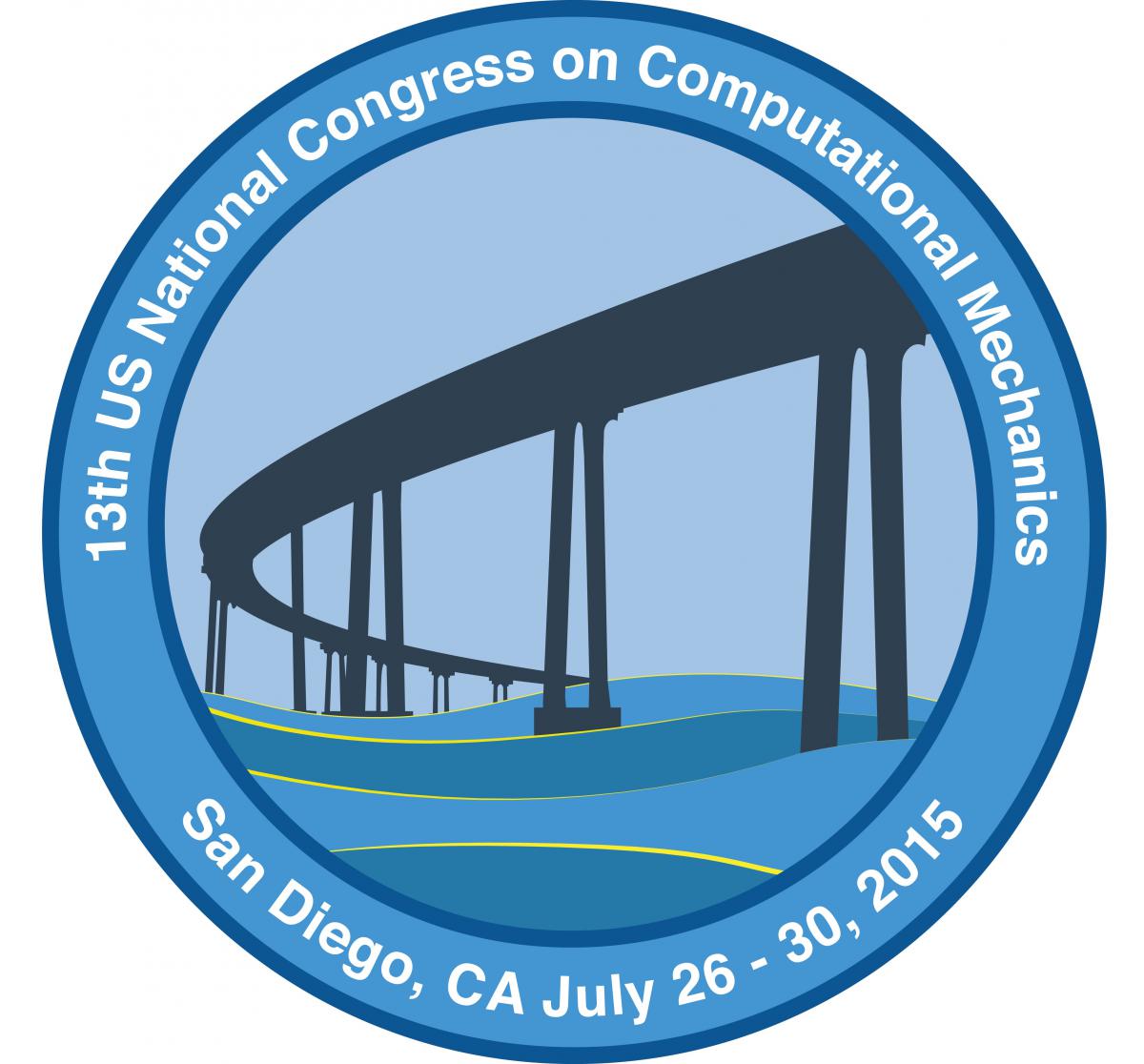Advances in Computational Methods for Modeling Transport in Porous Media
Rohan Panchadhara, ExxonMobil
Laurent White, ExxonMobil
Multi-phase transport in porous media is governed by disparate coupled nonlinear equations. While the pressure equation is parabolic, the phase compositions are modeled by transport-dominated advection-diffusion equations. The coupled system of equations is generally solved collectively with thermodynamic constraints and constitutive relations. Solution to these equations for realistic cases is further complicated by heterogeneous, anisotropic and discontinuous material properties. Many industrial applications in the area of chemical, geothermal, petroleum and metallurgical engineering require the solution of the aforementioned transport problem. These include oil production, groundwater contamination by hazardous wastes, packed bed chemical reactors, and manufacturing of polymer composite components in the aerospace and automotive industries. In particular, reservoir simulators, which solve for the transport of hydrocarbons in porous media, are essential to the energy industry to predict production and total recovery of oil. The most widely used numerical method in commercial reservoir simulators is a first-order, two-point flux approximation (TPFA) finite-volume scheme. Unless the mesh is highly refined, the TPFA method suffers from accuracy issues when sharp saturation fronts develop. In addition, severe material anisotropy combined with the use of a misaligned mesh may lead to accuracy losses that are not recoverable by simply refining the mesh. In these situations, the method does not converge to the right solution. Although many cases can be successfully handled by the TPFA method, a growing number of real-world applications, such as oil recovery using steam, CO2 or cyclic solvent injection, require increased solution fidelity for making reliable business decisions. This minisymposium will serve as a platform to exchange ideas on novel computational techniques that increase the accuracy and/or the efficiency of reservoir simulations. These computational techniques can be based on finite volumes, mixed finite elements, the discontinuous Galerkin method, and meshless methods. Particular emphasis will be given to those numerical techniques that (1) can accurately resolve sharp fronts in the transport fields, (2) are efficient, (3) can comply with complex geometries and heterogeneities and (4) show good parallel scalability. Additional consideration will be given to approaches that deal with monotonicity-preserving limiters and the resolution of thermodynamics equilibria in the context of higher-order approximations. Finally, we also open the minisymposium to any contributions that propose advances on linear solvers and preconditioners used to speed up the simulations.





